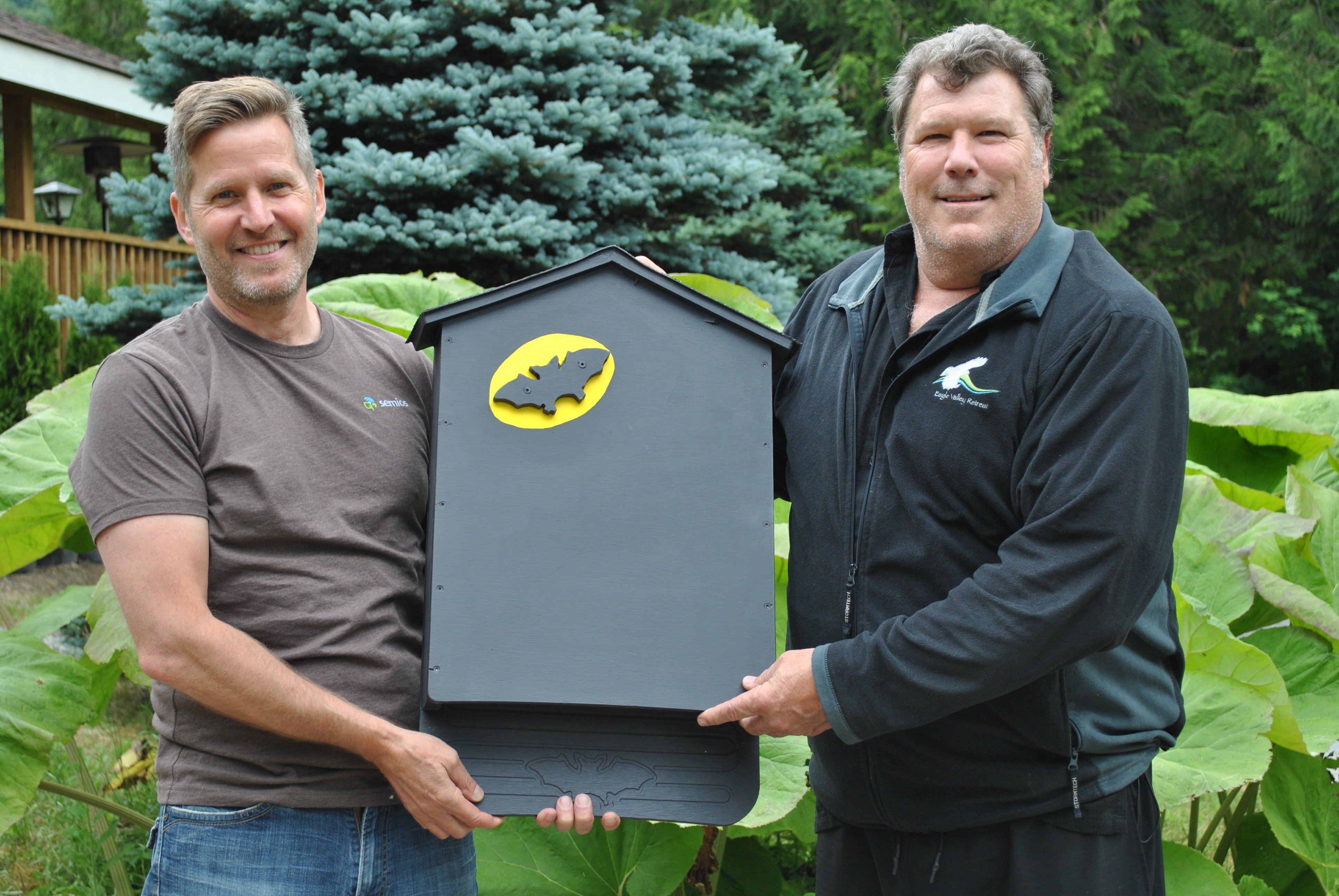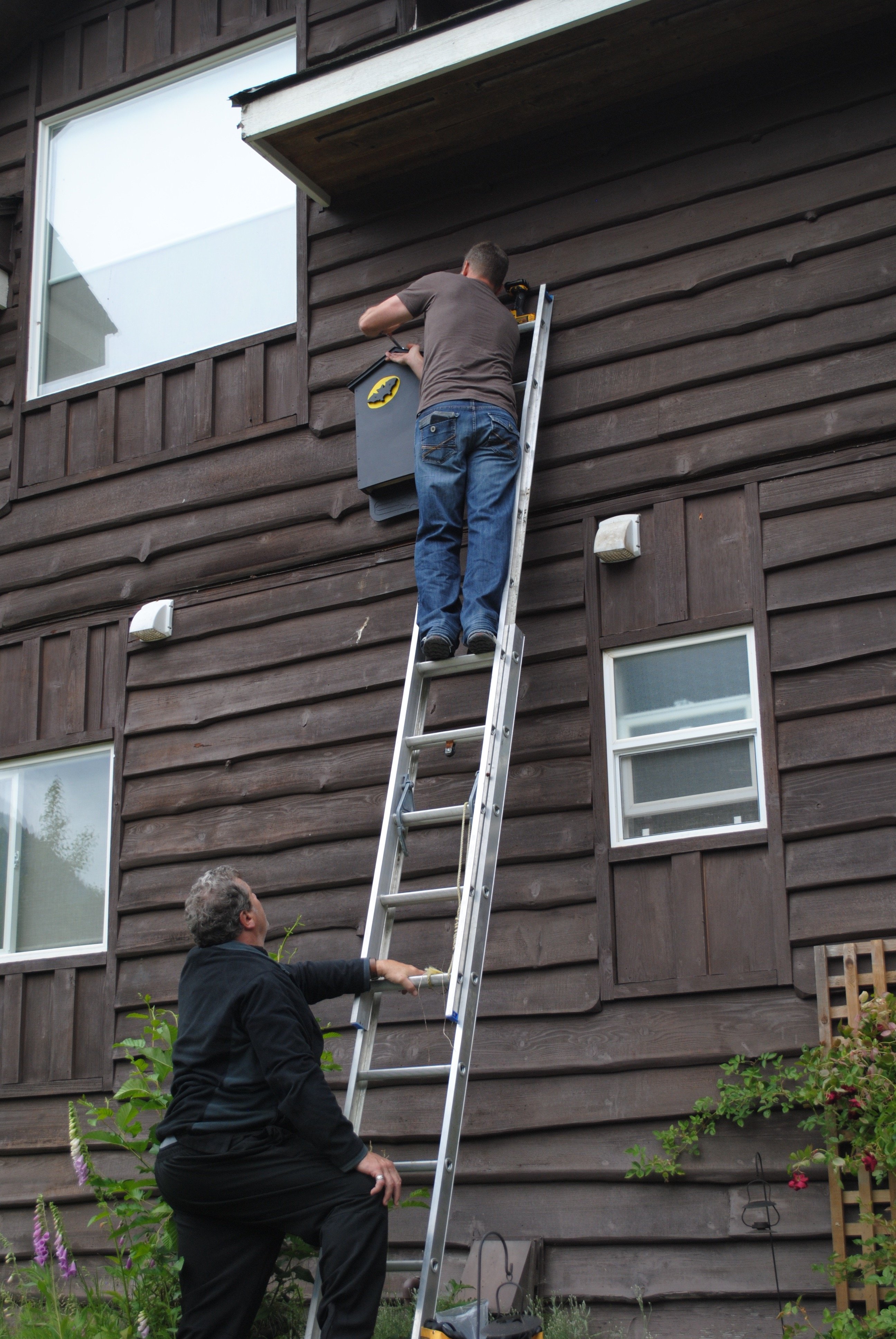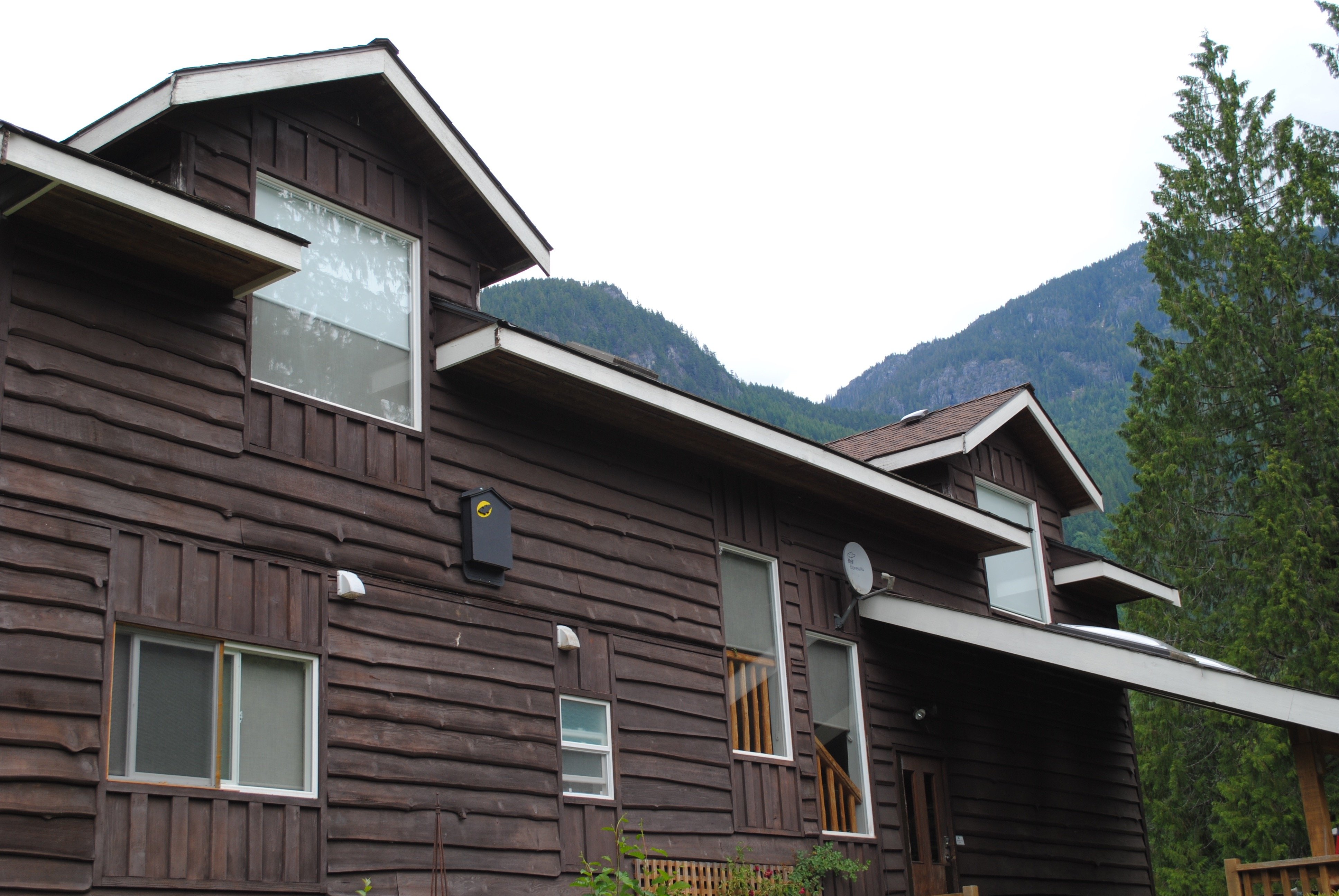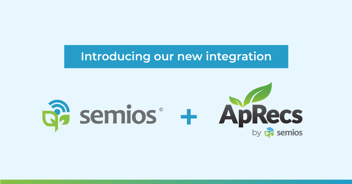
Bats play an important role in agricultural pest management and have been credited for up to $53 Billion dollars worth of pest suppression services annually in the United States. Unfortunately bats, like many species, have suffered serious population declines in recent years due to a combination of factors. These include loss of habitat, reduction of suitable roosting facilities due to removal of older buildings and decaying trees and, most significantly, the arrival of a fungus from Europe around 2006 - White Nose Syndrome (WNS). WNS attacks bats while they hibernate in the winter leading to rates of mortality of above ninety percent in some key species. North America has lost many millions of bats to WNS in recent years.
Semios is a technology company that helps farmers produce more quality food at lower cost and with less impact on nature and our environment. Our solution is often used as part of an Integrated Pest Management strategy, which leverages natural approaches to reduce pest damage to crops and the use of chemical pesticides.
One of the ways we can help is to offset the loss of roosting sites by providing bat houses that offer an appropriate environment to seek refuge during the day and raise their young in the summer. Bat Conservation International (BCI) has done extensive research on what makes an ideal man-made alternative for bats and have promoted installation of these structures throughout the United States and internationally.
Given our goal at Semios is to help farmers suffer less damage to their crops from pests like moths that cost them many millions of dollars per year, we feel a particular affinity to bats given their preference for feeding on these and other flying insects!

Recently, our leadership team visited the Eagle Valley Retreat in Squamish, British Columbia for a strategic planning exercise for our company. While there, one of our team noticed they had a bat colony living under the side boards of the main lodge. Given most homeowners don’t mind bats but usually prefer they live somewhere other than in their home, the Semios team thought it would be a great opportunity to show our support for our pest management allies. We offered to install a bat house for the resort to help relocate the colony. It is important to provide an alternative roosting site for bats when trying to exclude them from a building and not negatively impact the colonies’ viability given the other challenges bats currently face.
We investigated organizations that provide guidance on how to relocate a colony and contacted The Community Bat Programs of BC. They are a valuable resource for understanding bats in our local area and are actively tracking local bat populations for health and the possible impacts of WNS. Following their guidelines, we purchased a bat house from Habitat for Bats that is certified by BCI as providing ideal roosting conditions for bats. The house is now installed and we’re excited that these bats will have time to investigate it over the summer and, when they return next year, adopt it as their new home.
We’re pulling for our friends, the bats, and hope they continue to thrive and help reduce the negative impacts of pests like moths that feed on key food crops and, of course, mosquitoes that impact our enjoyment of the outdoors and carry possibly harmful diseases.

About Semios
Founded in 2010, Semios is a precision farming technology company dedicated to reducing and mitigating crop risks for growers of tree fruits and tree nuts. We leverage our proprietary, internet of things (IoT) wireless network and big data analytics to help farmers manage insect pests, disease, weather and irrigation. We improve sustainability by reducing the crop management inputs, including toxic pesticides, and we increase profitability with bigger harvests at higher grades. Semios provides comprehensive in-field installation, service and support to enable growers to maximize results from the adoption of our system.



